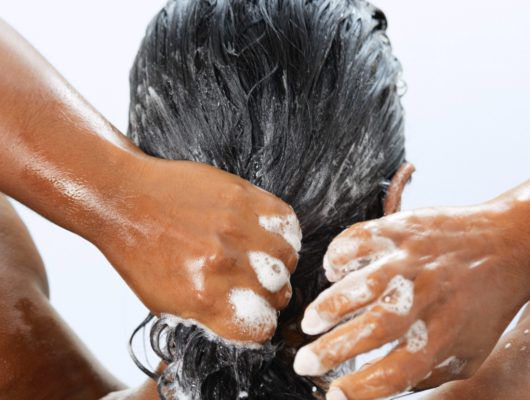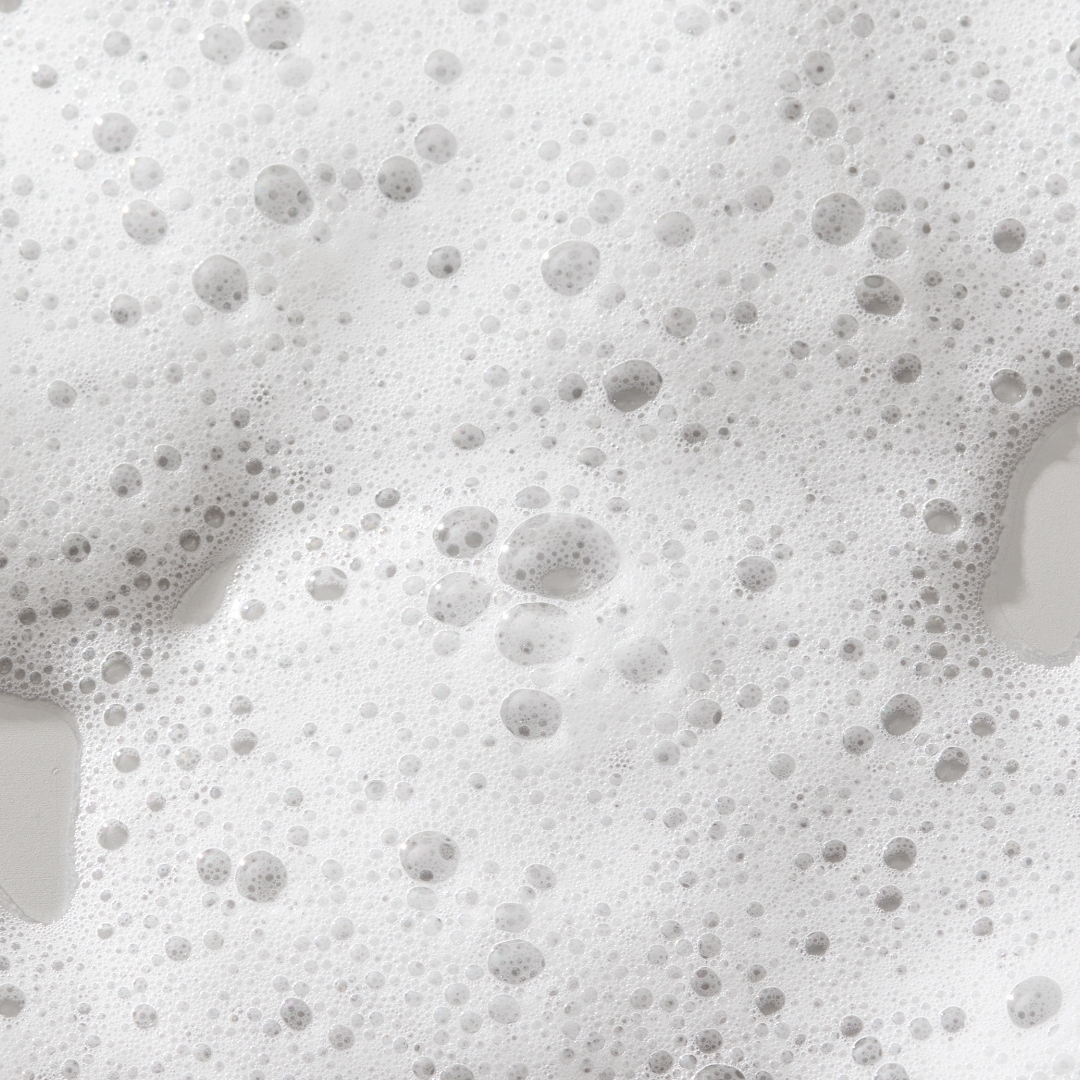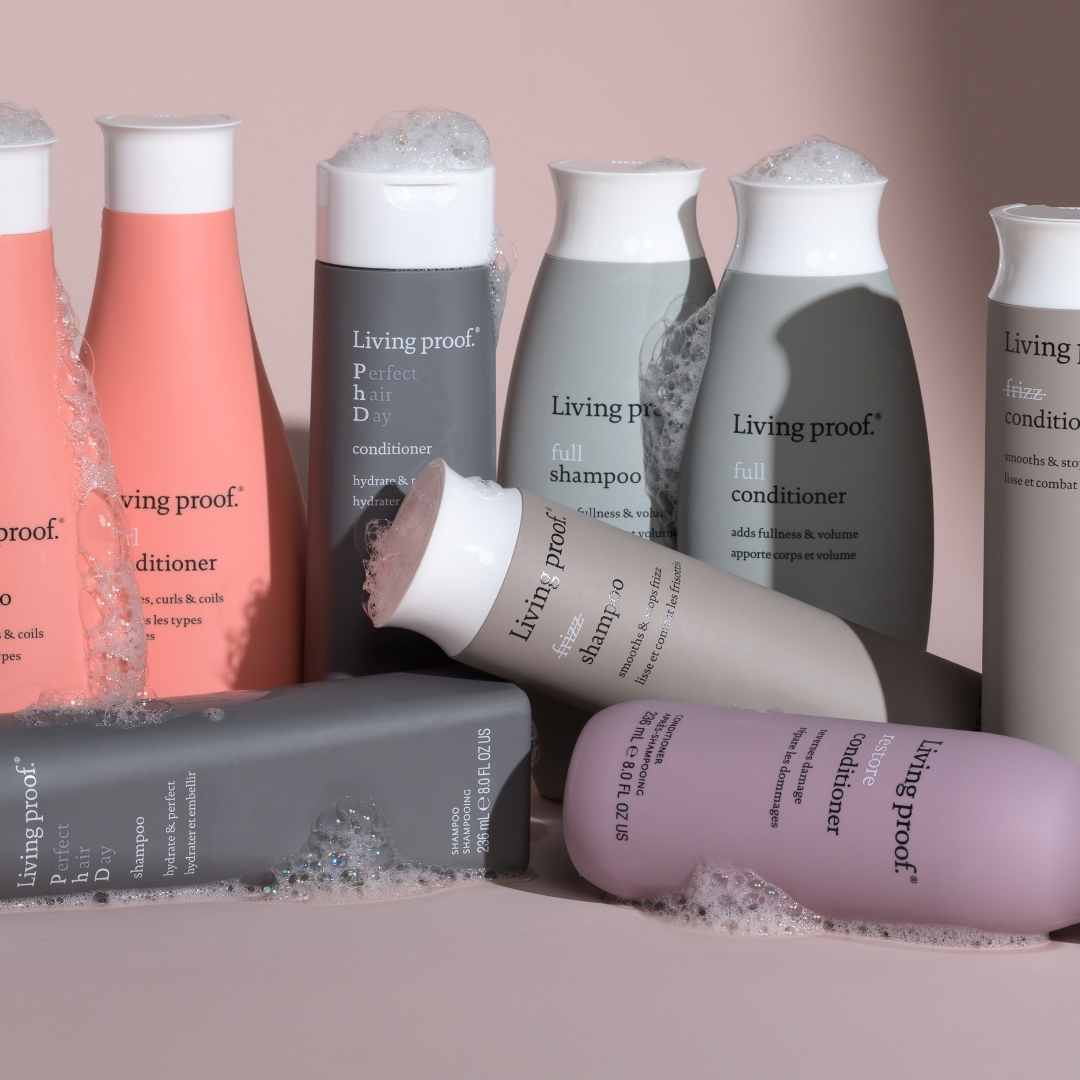
How often should you wash your hair? Ask the experts
The ideal schedule for hair washing varies widely from individual to individual. That said, excessive washing can strip any type of hair of the natural oils that protect it, making it more susceptible to damage in the long term.
Developing a shampoo routine that works for your unique hair type may take some trial and error, from taking more time between washes to finding a solution better suited to your hair.
So how often should you wash your hair? In this guide, we’ll get into the fine details of hair texture and answer your FAQs so that you can find the right wash rhythm and enjoy healthy hair for the long haul.
Factors that impact shampoo frequency
Multiple factors influence how often hair should be shampooed, and the answer will be different for every person.
When experimenting with how often to wash hair, account for the following considerations:
- Hair texture – Your natural hair texture is defined by its curl pattern, thickness, porosity, and scalp sensitivity. Some hair strand types, like tightly-coiled type 4 hair, require extra hydration and can go days or weeks between washes. Others, like thin, straight type 1 hair, may get weighed down more easily by oil and require more frequent washes.
- Styling routine – The more hair products you use, the more likely you are to experience buildup. More frequent washes can assist in offsetting hair product residue, but you may be better off streamlining your styling routine by seeking out products that accomplish more than one of your hair goals, like offering both protection and shine.
- Heat or color-treatment – Color-treated hair is more susceptible to damage and breakage, especially if it’s been dyed over a long period. In a similar vein, frequent blow drying or ironing can gradually break down the condition of the hair shaft. The solution here isn’t necessarily to reduce wash days, but you may want to seek out reparative formulas that can help restore hair and its resiliency.
- How much exercise you get – Sweat, oil, and residue can accrue on your scalp and strands even if you don’t have an intense workout routine. If you’re highly active, you may need more frequent washes to combat buildup.
Finally, you may find that your hair needs more attention depending on the weather, climate, and season of the year.
How often to shampoo by hair texture
Knowing how often to shampoo hair will depend on a host of factors, such as your hair texture. Once you know your hair texture, you can look for the best types of shampoo for it and determine how often to wash it.
Here are some general guidelines for how often you should wash your hair with shampoo based on hair texture:
- Fine or thin hair – Up to 1 day between washes
- Medium hair – Up to 2 days between washes
- Thick or coarse hair – Up to 3-4 days between washes
Remember—your hair texture is not the only factor that will determine how often to shampoo your hair. Density, hair type, product usage, lifestyle, color, and more can all impact the frequency listed above. Ideally, you’ll match your regimen with a formula that keeps your hair cleaner for longer so that you’re not causing unnecessary damage or creating imbalances with excessive washing.
Hair Washing FAQs

Next, we’ll answer your most frequently asked questions to help you arrive at your answer.
Is it bad to wash your hair every day?
Washing your hair every day isn’t necessarily “bad,” but it can contribute to some undesirable outcomes. In fact, one good round of double shampooing for the week may serve your hair more benefits than washing it every day. Hair that undergoes frequent washes tends to overproduce sebum and oil, which can make your hair appear and feel dirtier with a quicker turnaround.
Instead of lathering up, try opting for dry shampoos to give your hair a break while minimizing a greasy hair appearance. You could also experiment with using dry moisturizers between washes to combat frizz while it’s coming back to equilibrium.
How long is too long without washing hair?
Depending on their formula, most shampoos work on two main parts of the hair:
- The hair shaft – The hair shaft is the visible part of the hair made up of keratin, a resilient protein that can give hair its glossy appearance.
- The hair root – Embedded in the scalp, the hair root is where new cells assemble to grow your hair. It’s also where sebaceous glands are located. These produce sebum, a natural oil that serves to protect the skin in combination with fat molecules.
The most obvious way to know if it’s been too long is by reading the signals your scalp is already sending you.
If you are consistently experiencing a dry scalp, you may need a scalp detox to bring your hair back into balance. Take a few days before sudsing up again, but also be sure to swap your shampoo protocol for a solution that delivers both cleansing and scalp conditioning.
How can I keep my hair cleaner longer?
Here are some tips for improving your hair’s longevity:
- Favor shampoos with gentle cleansing formulas that won’t strip your hair or scalp of natural oils.
- Avoid sulfates, a type of surfactant that can strip the hair shaft of hydration and irritate the scalp.
- Pick up a dry shampoo to absorb any excess oil in between wash days.
No matter how long you go between washes, it’s critical to use a shampoo that both removes residue and gives support to the scalp, fostering healthy hair growth and improving the condition of the hair cuticle.
Find Your Wash Rhythm With Living Proof

Every bottle is formulated to be gentle enough to use across the spectrum of hair textures, whether you’re washing weekly or hopping in the shower every evening after your daily workout. Free of aggravating additives like sulfates (SLS and SLES only), each solution is color-safe and designed to treat your scalp tenderly to foster cleaner, healthier hair for longer.
Not sure how to choose a shampoo? Explore the full Living Proof collection of hair products online. Pick your hair concern and find a product suited for it.
- PubMed. Hair colouring, permanent styling and hair structure. https://pubmed.ncbi.nlm.nih.gov/17163926/
- National Center for Biotechnology Information. What is the structure of hair and how does it grow?https://www.ncbi.nlm.nih.gov/books/NBK546248/

